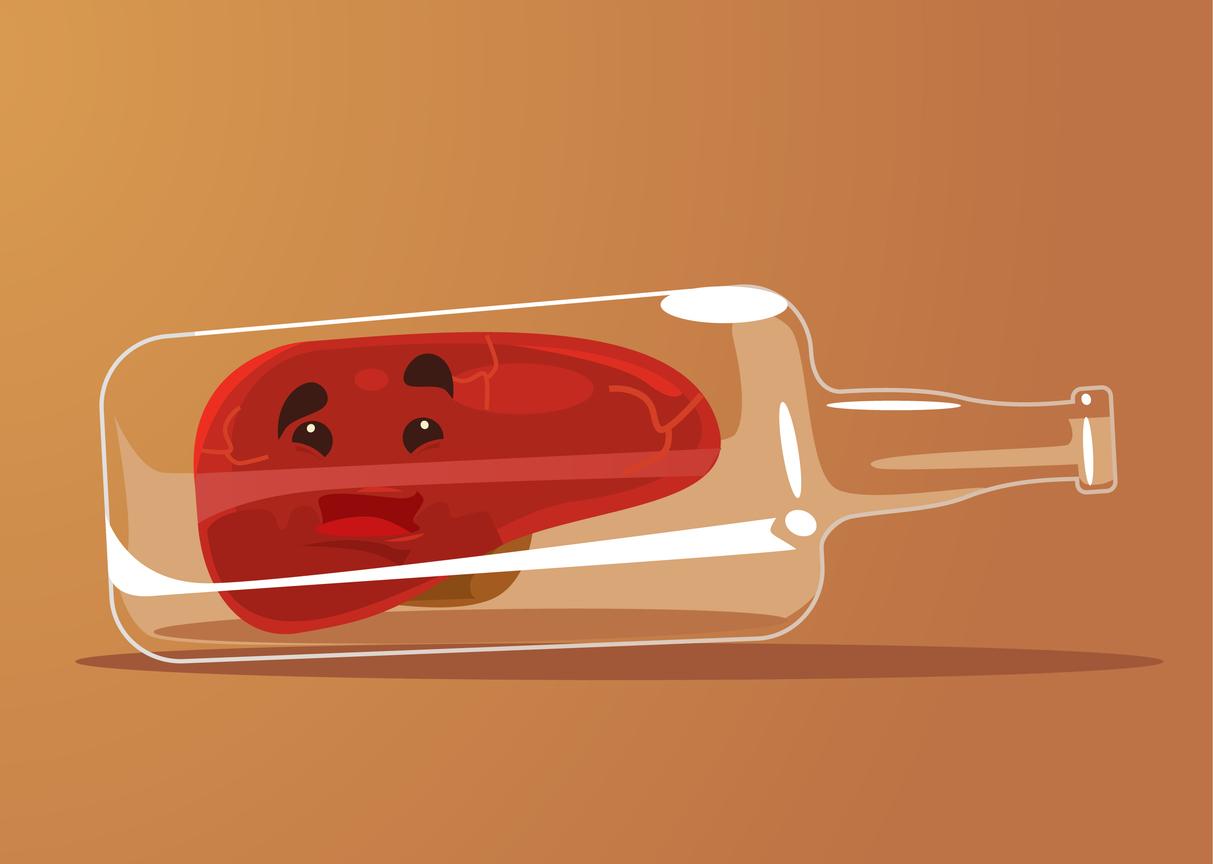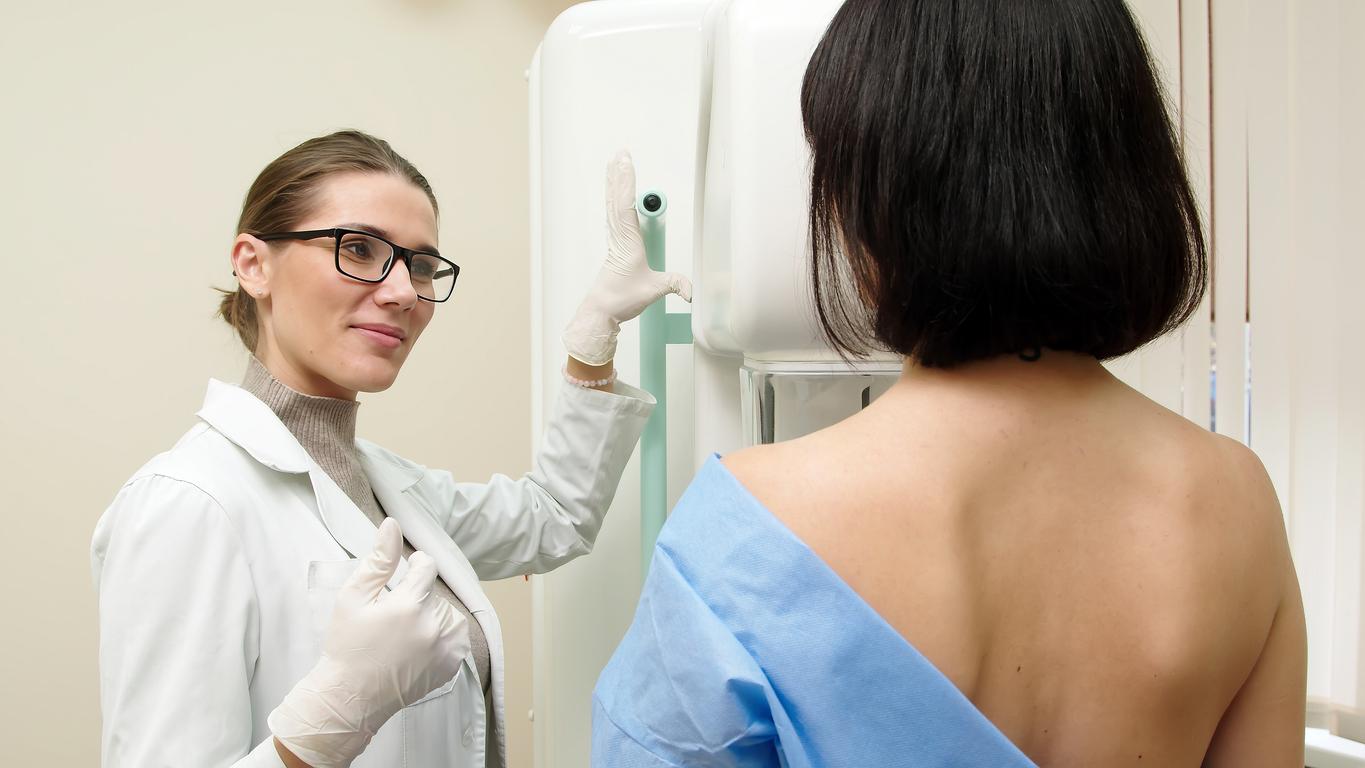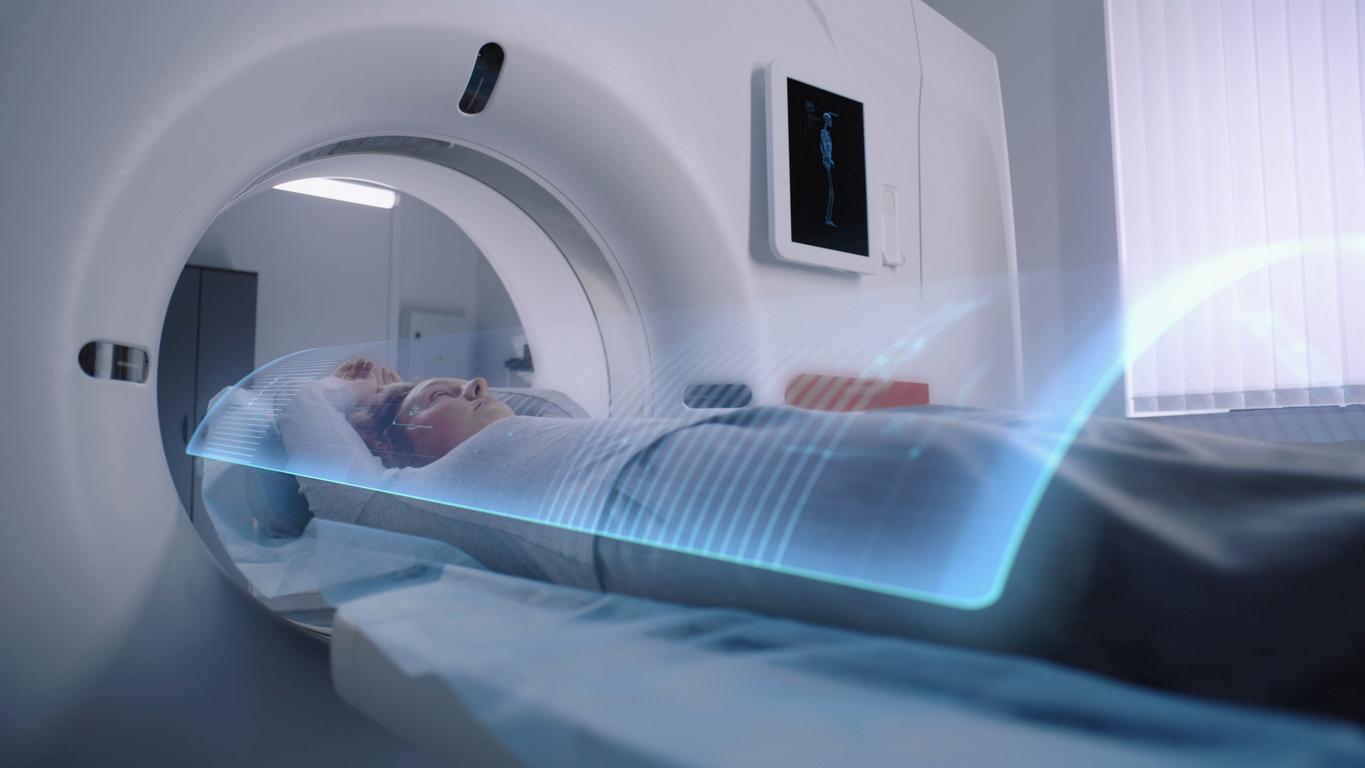We eat more and more poorly, and our liver becomes more and more fatty. Hence the increase in cases of non-alcoholic steatohepatitis (NASH), better known as “fatty liver disease”.
This disease occurs when fat builds up in the liver, causing inflammation and scarring. If left untreated, NASH can lead to cirrhosis and even liver cancer. But the problem is that there is, for the moment, no treatment for this disease, with the exception of weight loss.
The Mediterranean diet prevents the progression of the disease
There are many dietary approaches to help treat nonalcoholic fatty liver disease (NASH). But according to a new study, published in Nutrients magazinea diet based on foods rich in fiber and the Mediterranean diet would be beneficial for the liver.
“The Mediterranean diet encourages high consumption of vegetables, fruits, whole grains, nuts and legumes, extra virgin olive oil and moderate consumption of fish, meat and dairy products,” explain the researchers . “These foods provide monosaturated and polyunsaturated fatty acids, antioxidants, fiber and plant proteins that are beneficial in preventing the progression of fatty liver disease.”
Additionally, the Mediterranean diet is low in fructose, a molecule that has been shown to potentiate the pathology of fatty liver.
“It’s not just weight loss but also l“regulation of the intestinal microbiota by dietary fiber and the production of short-chain fatty acids which reduce inflammatory responses and protect against fatty liver disease” explain the scientists.
Some patients also tried a low-calorie diet
Last June, researchers at the University of Oxford (Great Britain) had already shown that it was possible to regenerate the liver, by following a low-calorie diet such as those offered to people suffering from obesity. For their study, 1- patients suffering from fatty liver disease replaced their regular meals with specially formulated soups, shakes and bars for 12 weeks. They also ate four other foods of their choice each day, providing them with about 880 calories and all essential vitamins and minerals.
After this initial 12-week period, they gradually began to reintroduce regular foods into their diet over the next 12 weeks. The analyzes then showed “significant improvements in liver fat and markers of liver inflammation and scarring” explained the researchers.
Sources:
Dietary Patterns, Foods, and Nutrients to Improve Non-Alcoholic Fatty Liver Disease: A Scoping ReviewNutrients, September 2023
HAS low-energy total diet replacement program demonstrates a favorable safety profile and improves liver disease severity in nonalcoholic steatohepatitisObesity, June 2023


















